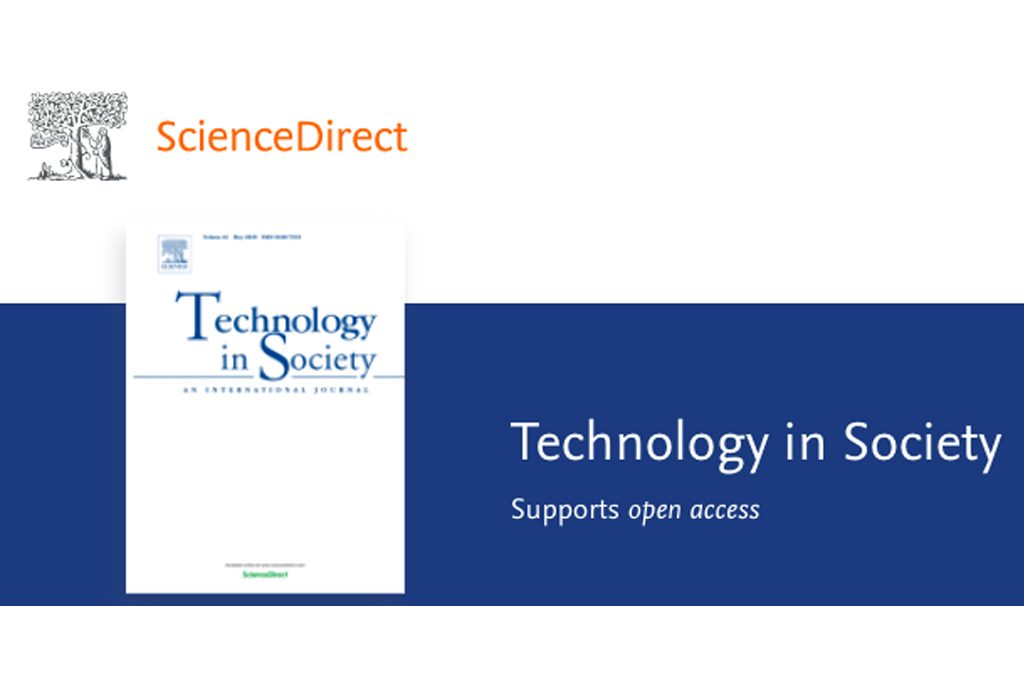ABSTRACT
This paper critically explores the construction and diffusion of the socio-technical imaginary of crowdsourcing for public governance in Europe via a quali-quantitative analysis of academic publications, research and innovation projects funded by the European Commission (EC) and local initiatives. Building upon the increasing narrative of digital social participation that describes crowdsourcing processes as short ways towards democratisation of public decision-making processes, our research describes the trends and threats associated with the “hyperconnected city” imaginary advanced by (part of) scholarly research and EC policy documents and projects. We show how, while these last describe digital-supported participation processes as (at least potentially) able to bootstrap an open governance agenda, local urban initiatives suggest the need to question this technology-optimistic imaginary. A critical analysis of crowdsourcing for public governance prototyped and piloted in some European cities makes it evident that at local level, alternative imaginaries are emerging. We describe them in this paper as the “receptive city” (often adopted by public institutions and administration), and the “do-it-yourself city” (referring to the critical perspective of (digital) social activists) imaginaries, both emerging from local-based experiences and debates; and clarify their convergence and divergence how these differs from the above-mentioned “hyperconnected city” imaginary prefigured by EC guidelines. The conclusive section further expands the analysis prefiguring future research possibilities promises in terms of local experiences influencing the future internet for society and digital agenda for Europe.
FONTE
Leggi l’articolo completo qui:
Certomà C., Corsini F., Frey M. (2020)
Hyperconnected, receptive and do-it-yourself city. An investigation into the European imaginary of crowdsourcing for urban governance
Technology in Society (online first)

